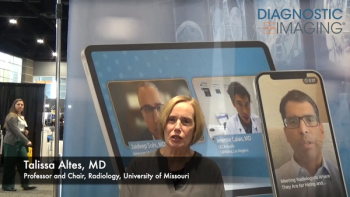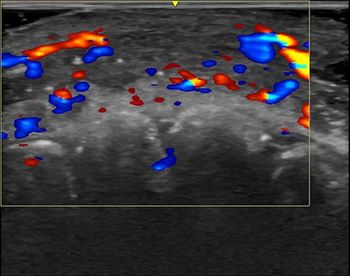FDA Grants 510(k) Clearance for AI Detection and Triage of Cervical Spine Fractures
The CINA-CSpine AI software reportedly demonstrated a 90.3 percent sensitivity rate for cervical spine fractures in validation testing on more than 300 non-contrast CT scans.
The CINA-CSpine artificial intelligence (AI) software has garnered 510(k) clearance from the Food and Drug Administration (FDA) for the detection and triage of cervical spine fractures on computed tomography (CT) scans.
Facilitating timely treatment of cervical spine fractures, the
In validation testing involving over 300 CT scans acquired from 36 scanner models and five different vendors, the company said the CINA-CSpine software demonstrated a 90.3 percent sensitivity rate and a 91.9 percent specificity rate for cervical spine fractures.
"These results demonstrate that our CINA-CSpine algorithm is capable of providing prompt and accurate findings that could positively guide physicians towards better assessments and improved patient outcomes," added Cyril Di Grandi, the co-founder and chief executive officer of Avicenna.ai.
Newsletter
Stay at the forefront of radiology with the Diagnostic Imaging newsletter, delivering the latest news, clinical insights, and imaging advancements for today’s radiologists.





























